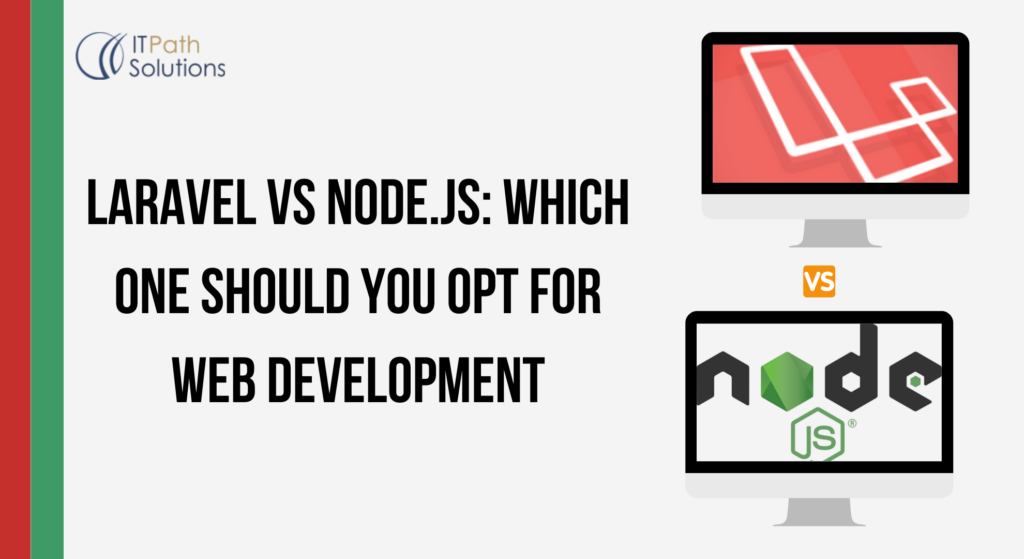What is Blazor and How Does It Work? A Quick Guide for 2024
Web Development
Blazor is an open-source web framework developed by Microsoft that allows developers to build interactive web applications using C# and .NET instead of JavaScript. It enables developers to create web apps using a combination of server-side and client-side programming paradigms. Blazor works by leveraging WebAssembly, a low-level bytecode format that can be executed in modern web browsers at near-native speed. With Blazor, developers can write client-side code in C# that runs directly in the browser, eliminating the need for JavaScript.
How .NET Blazor Works?
Blazor works by compiling C# code into WebAssembly, which can then be executed in the browser. There are two hosting models for Blazor: server-side and client-side. In the server-side model, the application’s logic runs on the server, and UI updates are sent to the client over a SignalR connection. In the client-side model, the entire application, including its logic, is downloaded to the client’s browser, where it runs entirely on the client side. Blazor provides components for building UI elements, and developers can create reusable components to streamline development.
Why Should We Use .NET Blazor?
There are several reasons to use .NET Blazor:
- Unified Development: Developers can use C# and .NET for both client-side and server-side development, leading to a more consistent and productive development experience.
- Full-stack Development: Blazor enables full-stack web development using a single language and framework, reducing the need to switch between different technologies.
- Performance: Blazor applications benefit from the performance advantages of WebAssembly, allowing for fast and responsive web apps.
- Code Reusability: With Blazor components, developers can create reusable UI elements, leading to cleaner and more maintainable code.
- Security: Blazor applications leverage the security features of .NET, such as built-in authentication and authorization mechanisms.
What is .NET Blazor Used for?
.NET Blazor can be used to build a wide range of web applications, including:
- Single Page Applications (SPAs): Blazor is well-suited for building SPAs that provide a seamless user experience similar to desktop applications.
- Progressive Web Apps (PWAs): Blazor supports the development of PWAs, allowing web applications to offer offline support, push notifications, and other native-like features.
- Line-of-Business Applications: Blazor is ideal for building line-of-business applications that require rich user interfaces and complex business logic.
- Cross-platform Applications: With Blazor, developers can target multiple platforms, including web browsers, desktops, and mobile devices, using a single codebase.

What Are the Key Features of .NET Blazor?
Some key features of .NET Blazor include:
- Component-Based Architecture: Blazor follows a component-based architecture, allowing developers to create modular and reusable UI components.
- Razor Syntax: Blazor uses Razor syntax, which is familiar to ASP.NET developers, for defining UI elements and writing C# code.
- Two Hosting Models: Blazor supports two hosting models: server-side and client-side, providing flexibility in how applications are deployed and executed.
- Integration with .NET Libraries: Blazor integrates seamlessly with existing .NET libraries and frameworks, allowing developers to leverage the rich ecosystem of .NET.
- Cross-platform Compatibility: Blazor applications can run on any modern web browser and can be deployed to various platforms, including Windows, macOS, Linux, and mobile devices. Making them cross platform.
What Makes Blazor Such a Great Platform for Developers?
Blazor offers several advantages for developers:
- Familiarity: Developers who are already familiar with C# and .NET can quickly get started with Blazor without having to learn new languages or frameworks.
- Productivity: Blazor’s component-based architecture and rich tooling support enable developers to build web applications more efficiently.
- Performance: By leveraging WebAssembly, Blazor delivers high-performance web applications that rival native desktop applications.
- Code Reusability: Blazor promotes code reusability through its component-based architecture, allowing developers to create reusable UI components.
- Ecosystem: Blazor benefits from the extensive ecosystem of .NET libraries and frameworks, providing developers with access to a wealth of resources and tools.

Is Blazor the Future of Web Development?
Blazor has gained significant traction since its release and is widely regarded as a promising technology for web development. Its ability to leverage existing .NET skills and libraries, coupled with its performance and productivity benefits, make it an attractive choice for developers. While it’s difficult to predict the future of web development definitively, Blazor is certainly shaping up to be a significant player in the space.
What Does the Future Hold for Blazor?
The future looks bright for Blazor, with Microsoft continuing to invest in its development and improvement. As WebAssembly adoption grows and browser support improves, Blazor is expected to become even more powerful and widely adopted. Additionally, advancements in tooling, performance, and ecosystem support will further solidify Blazor’s position as a leading framework for web development.
 Healthcare
Healthcare  Education
Education  Real Estate
Real Estate  Logistic
Logistic  Fitness
Fitness  Tourism
Tourism  Travel
Travel  Banking
Banking  Media
Media  E-commerce
E-commerce  Themes
Themes
 Plugins
Plugins
 Patterns
Patterns





